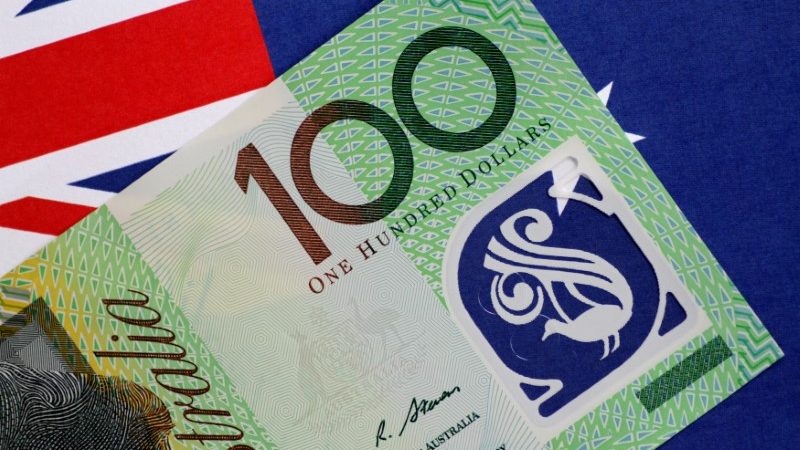
Forex – Aussie Drifts Weaker Despite Producer Price Gains, Nonfarm Payrolls Ahead
Investing.com – The Aussie fell despite in Asia on Friday stronger than expected producer prices with markets focused on nonfarm payrolls data out of the US ahead.
AUD/USD traded at 0.8034, down 0.07%, while USD/JPY changed hands at 109.34, down 0.06%. EUR/USD fell 0.05% to 1.2508.
Australia reported producer prices rose 0.6% on quarter and at a 1.7% pace on year, both above expectations. According to a Reuters survey of economists, nonfarm payrolls probably rose by 180,000 jobs in January after increasing by 148,000 in December.
The U.S. dollar index, which measures the greenback’s strength against a trade-weighted basket of six major currencies, was last quoted down 0.53% to 88.48.
Overnight, the dollar fell heavily against a basket of major currencies despite mostly upbeat economic data while a sharp rise in the euro added to downside momentum.
The December ISM manufacturing PMI was reported at 59.1, beating economists’ forecasts for a reading of 58.8, new orders in December fell to reading of a 65.4 compared with 67.4 a month ago. ISM prices paid index, meanwhile, was reported at a 72.7 beating expectations for a reading of 68.8.
Despite some weakness in the ISM data, market participants remained confident that the US economy would be able to continue its growth trajectory. Wells Fargo(NYSE:WFC) said that the ISM data showed backlogged orders and supplier delivery times grew during the month, suggesting recent momentum should continue in the near-term.
The U.S. Department of Labor reported Thursday that initial jobless claims feel 1,000 to a seasonally adjusted 230,000 for the week ended Jan. 27, beating forecasts of 238,000.
The recent raft of bullish US economic data, however, has surprisingly not lead to reversal in the dollar as rival currencies such as euro continue to garner demand amid expectations that the European Central Bank is nearing the end of its quantitative easing program.


